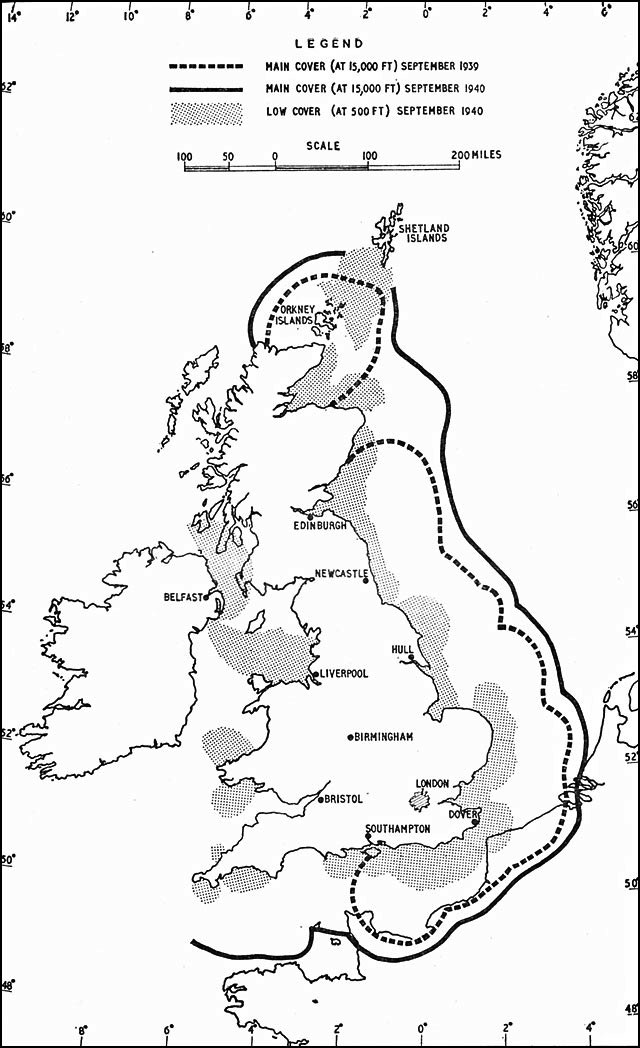They did, and still do. The concept of mass forced vertical envelopment at the scale we saw in Sicily, Salerno and North Africa, however, made this a requirement and a necessity more than it did an actually trained tactic, and these operations didn't happen until 1942/1943, well beyond Germany's window to conduct an airborne invasion of Britain. Remember that by that time, only the UK and U.S. had the resources available to launch airborne operations at this scale, and thus were the only ones to learn through trial and error on how to make them more efficient, as because they were such a new concept, doctrine could only be written and rewritten through experience. The U.S., for example, upon learning of the aforementioned tactic's effectiveness in that it provided an ability to secure objectives and key terrain without assembling massive formations of men after essentially pushing squads of them out of a moving airplane, was well noticed. The previous doctrine of airborne operations (including the one practiced by the Germans) had called for jumping, landing, assembling, and then moving out. By '44 and '45 the "assembling" portion had essentially been placed after the "moving out" portion. The only way to learn that this was more effective was through trial and error, and by 1940 Germany had hardly accumulated enough trial and error in order to make their airborne doctrine more efficient.
Interesting - thanks. What would be your opinion on what missions, if any, the German airborne could have accomplished in the summer of 1940? Obviously, an airborne invasion of Britain is 'out' - but what about pinprick raids or a crack at the French fleet?
